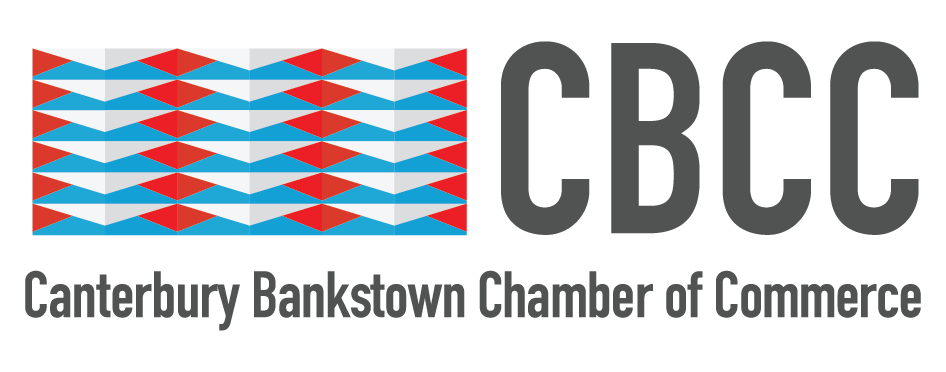Becoming Aware Of Your Own Biases | CBCC News
In our last blog post, the CBCC examined what unconscious bias was, how it can create additional barriers for many workers including women, and ways to oppose biases in the workplace.
For a lot of people, finding the confidence to ‘call out’ biased co-workers and kickstart changes is already quite a challenge. This is particularly true for many women, who may face difficulties being assertive.
However, it can be equally challenging to recognise our own biases as it can be extremely uncomfortable and confronting to acknowledge our own prejudices and shortcomings.
Despite this, becoming aware of your own bias can benefit you, your friends and family, your workplace, and the wider community.
“It is not a sin to introduce a personal bias that can be recognised and discounted. The sin in historical composition is the organisation of the story in such a way that bias cannot be recognised.”
– Sir Herbert Butterfield, English professor and philosopher of history
Biases: A Quick Summary
As we discussed in our last blog post, biases form from the assumptions we make about the world and the people around us based on the individual value systems we develop from our upbringing, culture, and/or religion.
Our own biases often develop from early childhood through the influences of our family and community. Over our lifespan, our environment and psychological processes can strengthen or weaken our biases. This includes our biases towards particular groups of people, such as gender or racial stereotypes.
The Bias Blind Spot
Everything we do can perpetuate and reinforce our personal biases.
Take a moment to think about the people you spend most of your time with, who you follow on Instagram, or what TV shows and movies you watch.
Chances are, most of these people look like you, talk like you, dress like you, and have a similar educational or socioeconomic background as you, which can subconsciously strengthen your own biases.
An additional challenge to actively spotting your own biases is the Bias Blind Spot. This is a cognitive bias that causes us to be less aware of our own biases than of those of others, and to assume that we’re less susceptible to biases than others.
An example of the bias blind spot is that people often assume that their own interpretation of a social conflict is fair but other people’s interpretations of it will be biased. This gets to the point where people tend to assume this even when they’re clearly biased due to liking or identifying with one of the individuals in the conflict, and even when their bias has been pointed out to them.
With so many factors preventing us from spotting our own biases, how do we even start to identifying them, let alone confronting them?


IMPLICIT: 8 Steps To Identifying and Confronting Your Own Biases
The AAFP has created a handy 8-step guide that will help you start facing your own biases. Based on the word IMPLICIT, follow these steps to begin pin-pointing and identifying your personal biases.
Introspection: Reflect and identify your own biases and prejudices by listening to feedback from the people around you, taking implicit association tests like these free tests from Harvard, or through other means of self-analysis.
Mindfulness: Practice ways to reduce stress and increase mindfulness, such as focused breathing, as we are more likely to give in to our biases under pressure.
Perspective-taking: Place yourself in the shoes of the person or people being stereotyped. Reading or watching content focussing on people or communities from those groups can help increase your exposure to their experiences and perspectives.
Learn to slow down: Pause and reflect to reduce reflexive actions before interacting with people from certain groups. Consider positive examples of people from that stereotyped group, such as public figures or personal friends.
Individuation: Evaluate people based on their personal characteristics rather than those affiliated with their group. Finding shared interests can encourage individuation.
Check your messaging: Use statements that welcome and embrace multiculturalism or other differences instead of statements that erase those differences, such as ‘we don’t see colour’.
Institutionalise fairness: Support a culture of diversity and inclusion throughout your organisation. This could include asking for organisation-wide feedback or reviewing media throughout your office to see if they encourage stereotypes.
Take two: Recognising and resisting personal biases is lifelong work. There may be moments in your life where you feel challenged beyond belief. Give yourself space to breathe as you continue to face your personal biases.
“Managers can make wiser, more ethical decisions if they become mindful of their unconscious biases.”
– Professor Mahzarin Banaji, American psychologist
Change of any kind is uncomfortable. Despite how challenging learning to embrace diverse perspectives may feel at first, making a conscious effort will help our community feel more welcoming, equal, and accessible for all regardless of cultural background, religion, or gender.
By taking the time to introspect and reflect on our own biases, we emerge more self-aware and accepting of others. We encourage our members to grow and flourish through self-reflection, education, and connection. Join the CBCC to become part of the change.








Customer Reviews
Thanks for submitting your comment!